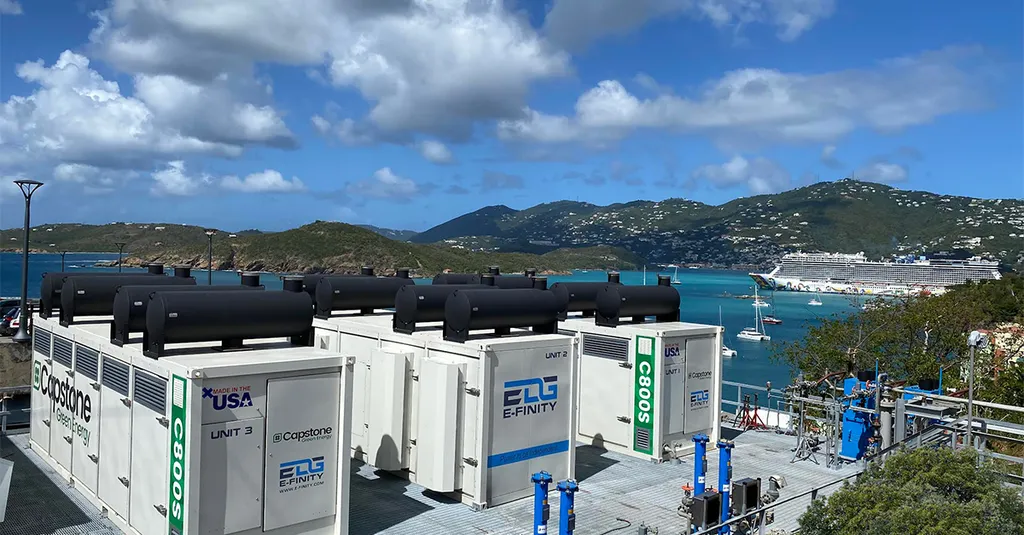The Caribbean’s push towards onsite power generation is more than a trend—it’s a strategic pivot that could redefine the region’s energy landscape and hospitality industry. As resorts increasingly adopt integrated microturbine and energy systems, the implications ripple across markets, challenging traditional utility models and sparking innovation.
First, the shift towards onsite generation is a direct response to the Caribbean’s chronic grid instability. Frequent storms, aging infrastructure, and volatile fuel costs have made reliance on centralized grids a gamble. Resorts, which thrive on consistency and guest satisfaction, can no longer afford to be at the mercy of these vulnerabilities. By generating their own power, they ensure operational continuity, a critical factor in maintaining guest trust and reputation. This trend is likely to accelerate as climate change intensifies storm activity, further stressing regional grids.
The economic implications are significant. Onsite generation systems, which can reduce energy expenses by 20 to 40 percent, offer a compelling return on investment—often within three to six years. This financial incentive is a game-changer for independent resorts, which may have previously been deterred by high upfront costs. Financing models, such as lease-to-own structures and energy-as-a-service agreements, are making these systems more accessible, democratizing energy resilience across the region.
Beyond cost savings, onsite generation is reshaping the sustainability narrative in Caribbean hospitality. Resorts that adopt these systems can slash their carbon footprint by up to 50 percent, aligning with the growing demand for eco-friendly travel. This isn’t just about reducing emissions; it’s about meeting the expectations of a new generation of travelers who prioritize sustainability. As green certifications become a competitive differentiator, resorts that invest in onsite power will likely see a boost in bookings and brand loyalty.
The technological evolution of these systems is also noteworthy. The integration of microturbines with solar power, battery storage, and advanced controls is paving the way for hybrid microgrids. These systems offer greater efficiency, resilience, and control, positioning resorts as leaders in energy innovation. As costs continue to decline, hybrid microgrids could become the new standard, further marginalizing traditional diesel generators.
However, the path to widespread adoption isn’t without challenges. Regulatory hurdles, interconnection standards, and fuel logistics vary across islands, adding complexity to implementation. Yet, companies like E-Finity, with their expertise in navigating these challenges, are facilitating smoother transitions. Their role highlights the importance of partnerships in driving sector-wide change.
The broader market implications are profound. As more resorts adopt onsite generation, traditional utility models will face pressure to adapt or risk losing significant revenue streams. This could spur utilities to invest in grid modernization, renewable energy integration, and innovative service models to remain competitive. Meanwhile, the rise of hybrid microgrids could catalyze a regional shift towards decentralized energy systems, enhancing overall grid resilience.
In the long term, the Caribbean’s embrace of onsite power generation could serve as a blueprint for other regions facing similar challenges. The lessons learned here—about resilience, sustainability, and economic viability—could inspire similar transitions in other storm-prone or energy-insecure areas. As the sector evolves, the Caribbean stands at the forefront of a global movement towards energy independence and sustainability, proving that necessity is indeed the mother of innovation.

